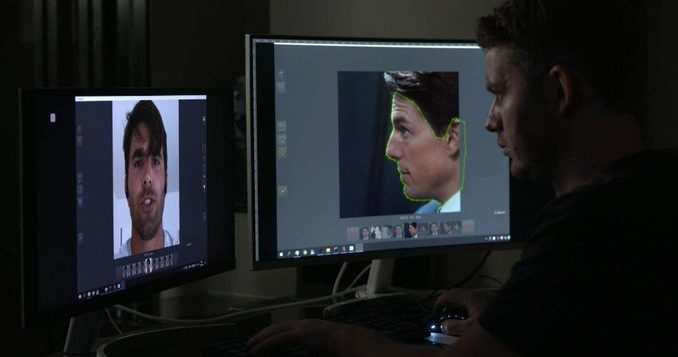
In a world where seeing is increasingly no longer believing, experts are warning that society must take a multi-pronged approach to combat the potential harms of computer-generated media.
As Bill Whitaker reports this week on 60 Minutes, artificial intelligence can manipulate faces and voices to make it look like someone said something they never said. The result is videos of things that never happened, called « deepfakes. » Often, they look so real, people watching can’t tell. Even Justin Bieber has been tricked by a series of deepfake videos on the social media video platform TikTok that appeared to be of Tom Cruise.
These fabricated videos, named for a combination of the computer science practice known as « deep learning » and « fake, » first arrived on the internet near the end of 2017. The sophistication of deepfakes has advanced rapidly in the ensuing five years, along with the availability of the tools needed to make them.
But beyond entertaining social media users and tricking unsuspecting pop singers, deepfakes can also pose a serious threat.
In a 2018 California Law Review paper, legal scholars Bobby Chesney and Danielle Citron outlined the potential harms deepfakes pose to individuals and society. Deepfakes, they wrote, can potentially distort democratic discourse; manipulate elections; erode trust in institutions; jeopardize public safety and national security; damage reputations; and undermine journalism.
